Welcome to a special spotlight featuring a look at children’s author Ishta Mercurio‘s debut picture book, Small World (illustrated by Jen Corace), as well as a guest post from Ishta! Enjoy!
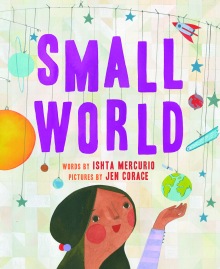 Small World by Ishta Mercurio, illustrated by Jen Corace
Small World by Ishta Mercurio, illustrated by Jen Corace
Source: Hardcopy courtesy of the author. Thank you!
Publication: July 2, 2019 by Abrams Books for Young Readers
Find Small World on Indiebound
Book Description:
When Nanda is born, the whole of her world is the circle of her mother’s arms. But as she grows, the world grows too. It expands outward—from her family, to her friends, to the city, to the countryside. And as it expands, so does Nanda’s wonder in the underlying shapes and structures patterning it: cogs and wheels, fractals in snowflakes. Eventually, Nanda’s studies lead her to become an astronaut and see the small, round shape of Earth far away. A geometric meditation on wonder, Small World is a modern classic that expresses our big and small place in the vast universe.
When Nanda was born, the whole of the world was wrapped in the circle of her mother’s arms: safe, warm, small. But as she grew, the world grew, too.
Children’s author Ishta Mercurio (Bite Into Bloodsuckers) and I Hatched illustrator Jen Corace join together to bring readers the wondrous and beautiful picture book Small World. A poetic look at one young girl’s changing perspective and relationship to the natural world as she grows up, Small World takes readers on an adventure that begins in the comforting hold of a mother’s arms and ends with an awe-inspiring gaze at our world.
Nanda got bigger and bigger. But as she grew, the world grew, too. It became a sway of branches…Scaffolds of steel…And cables and cogs and odds and sods and coasting through the night.
When the story’s protagonist, Nanda, is born, her world is the circumference of her mother’s arms, but as she grows, so too does her world and her view of her world. The “circle of her mother’s arms” grows to her include family, schoolmates, a playground, a college…to Nanda growing up mesmerized by shapes, mechanisms, and last, but absolutely not least, aeronautics and SPACE! Through every big change Nanda goes through as she grows up, readers get to see Nanda’s changing viewpoints, as well as the ever-present and incredible geometry of shapes in the world. Jen Corace’s illustrations are measured, precise and yes, absolutely stunning: they draw the reader and/or listener’s eye in and delight with how much there is to see: geometric shapes, lines, colours, patterns. I often speak to the ‘match’ between an author and illustrator, and how the perfect click between the two works to showcases everyone’s talents: for Small World, Mercurio’s gloriously poetic and thoughtful, lyrical words (balanced with a gentle, repetitive refrain) are perfectly captured and illuminated by Corace’s pencil, ink and gouache full-colour pictures.
Overall, what a marvelous picture book! Small World is reflective and wondrous, powerful in text as well as illustration. A recipient of strong and starred reviews, Small World not only speaks to the joy of seeing and experiencing more and more STEAM-related books (and ones with female led characters!), but is also simply a delightful, rousing kind of read that may beg for closer looks, for further investigations, and, possibly, lead to big and small questions about the world. Bonus: Don’t miss the “Author’s Note” and “About Nanda’s Name” at the back of the book, and be sure to take a look on the Abrams site for a look at more interiors from the book!
 About the Author
About the Author
Ishta Mercurio is an author and actor. Raised in Cincinnati, she has traveled to England, Scotland, Italy, France, and all over the United States. She now lives in Brampton, Ontario, where she films and photographs plants and wildlife, from the tall to the small, in her backyard. Small World is her debut picture book.
Guest Post
SMALL WORLD started, as most books do, with the seed of an idea. I was flying home from a family gathering in Oregon, and as we passed over a large body of water I looked down at a cluster of tiny white flecks of sea foam on the surface. These clusters of sea foam would appear, and then disappear, and then reappear a little further along, and I realized that they were probably caused by a pod of whales or dolphins traveling through the water together. And then I started thinking about how big a whale is, and about how some whales could swallow a person whole… How some whales and some planes are the same size. And I was sitting inside a plane. And that got me thinking about two things: how things can be both big and small at the same time depending on your perspective; and about how the Earth holds so much variety and diversity, and how mind-boggling it is that this planet holds so much within it. And I wanted to play with that a little, to explore how a child might grapple with, and come to terms with, the concept of the Earth being both big and, in the greater scale of the Universe, small at the same time.
So I wrote SMALL WORLD. And in writing it, I went through draft after draft, honing the language. I wanted to give kids the gift of poetry: not rhyme, but beautiful language that also captures the depth and breadth of what the world offers us. I wanted to give them something that reflects their own regular, everyday experiences—playing at the park, building with blocks—in a way that appreciates the beauty of those everyday experiences, and in a way understands their magic.
Because the world IS magical: in the way a pinecone’s seeds spiral around its core, in the way trees branch out as they grow, in the way frost spreads across a windowpane… And it’s a magic that is as predictable as it is wondrous. Nanda, the main character in SMALL WORLD, sees this magic and wants to understand it, and eventually DOES understand it. She understands that math isn’t something to be afraid of; it’s visible, in nature, all the time. And like a lot of kids, she comes to understand it through everyday experiences: by watching cogs and gears work, and playing with blocks, and observing and engaging with the world around her. All that stuff, the stuff kids are naturally inclined to do, is *good stuff*. It’s how we find our way through this big world. Like Nanda, it can lead them to amazing places and incredible accomplishments. And like Nanda, it can change their perspective, and allow them to see the world a little differently.
Thank you so much for your time, Ishta!
Where to find Ishta online:
Twitter: @IshtaWrites
Facebook: Ishta Mercurio
Instagram: @ishtamercurio
YouTube: Ishta Mercurio
Website: www.ishtamercurio.com
I received a copy of this title courtesy of the author in exchange for an honest review and for the purposes of this blog post. All opinions and comments are my own. Special thank you to Ishta Mercurio.

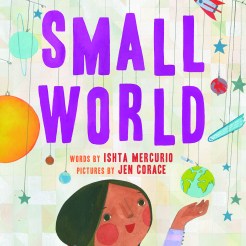
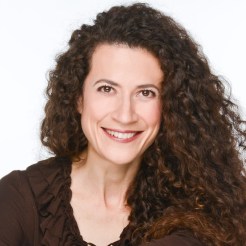
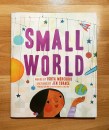
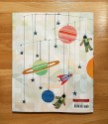
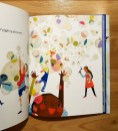
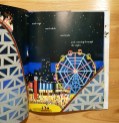
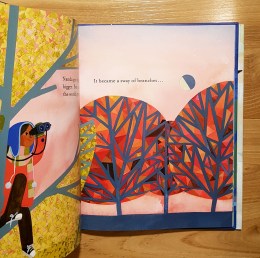
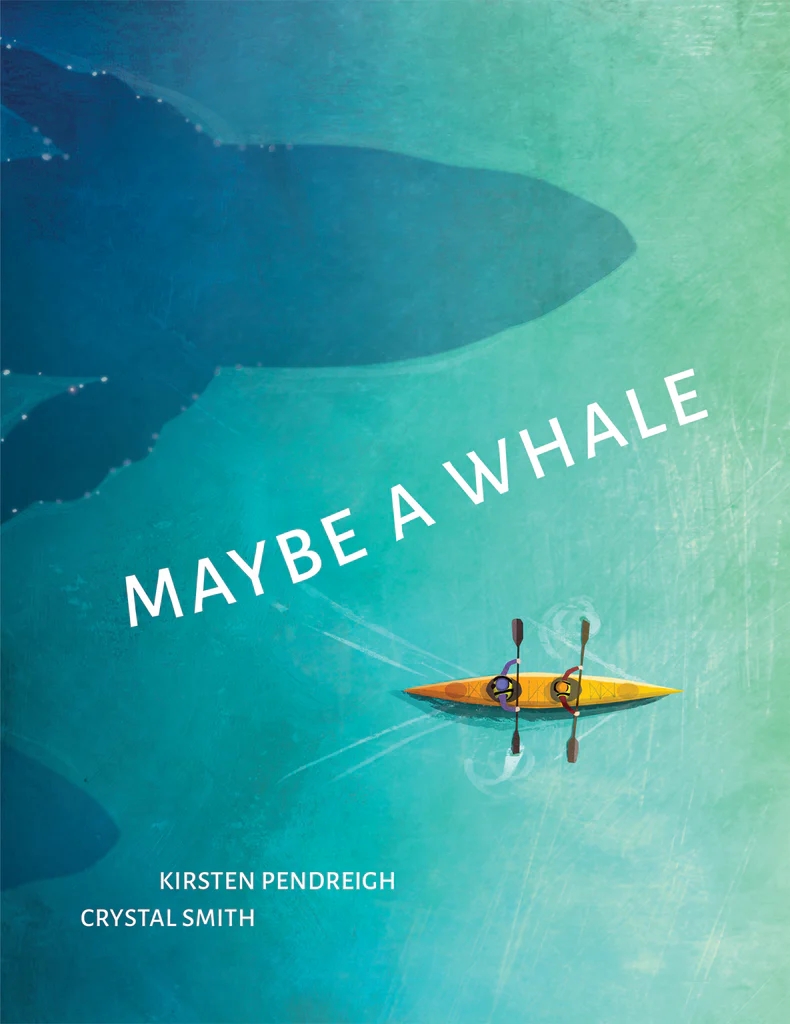
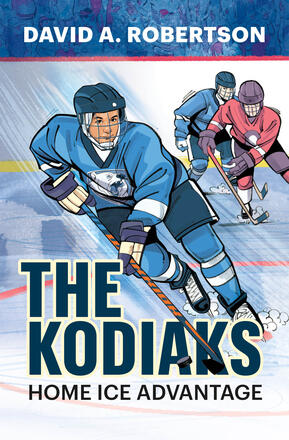
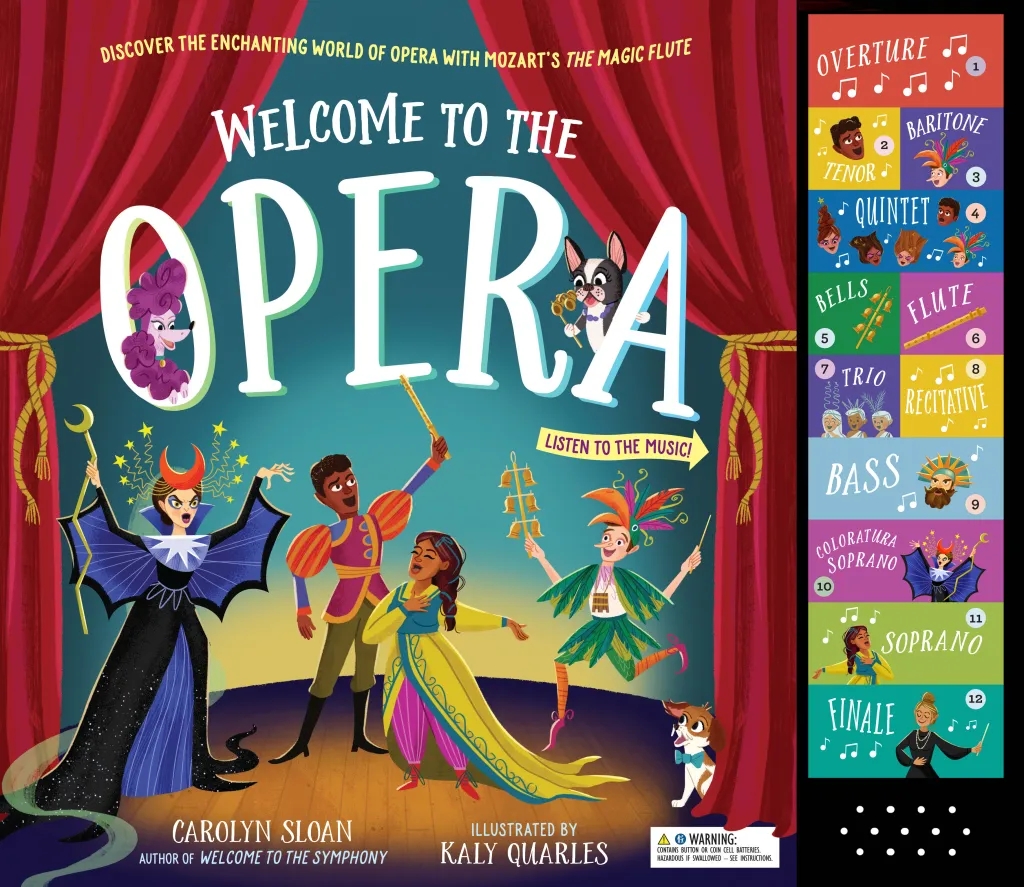
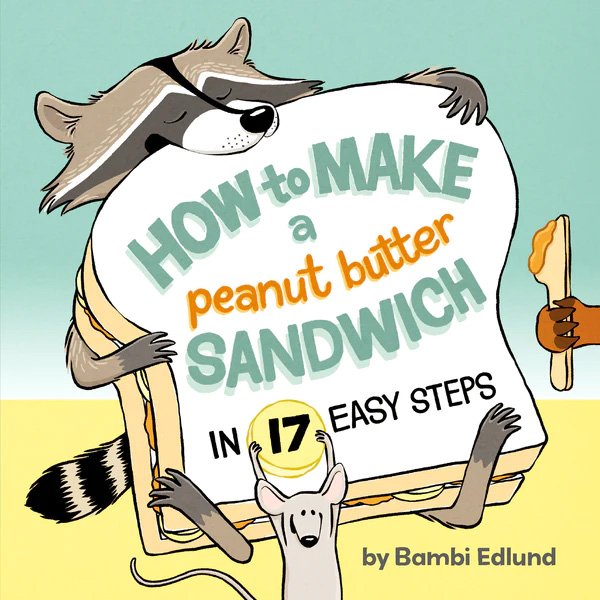
Leave a comment